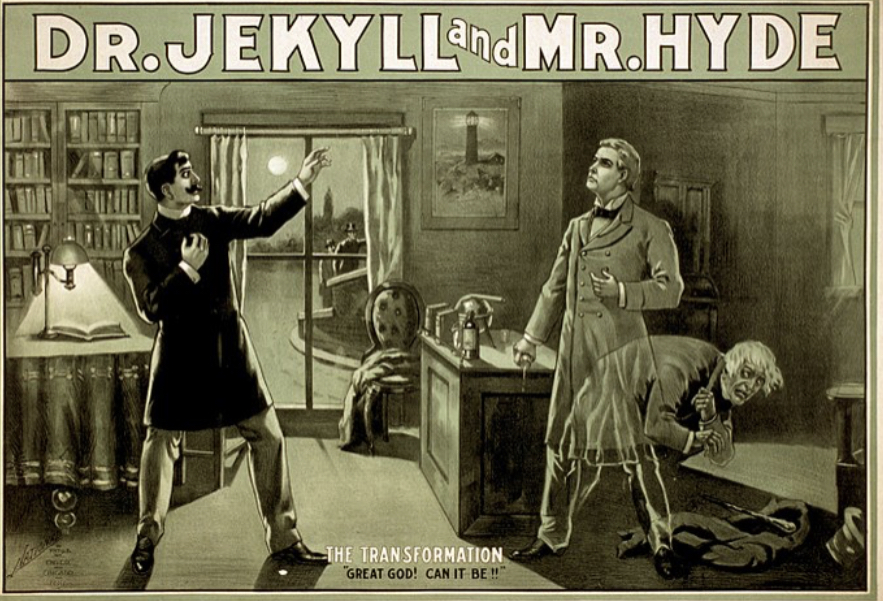By Tuana Kardas, Year 11
Although short, this gothic horror fiction is one of the most fascinating pieces of literature I have ever read. Its riveting thriller causes it to be enjoyable to read, and some can even call it spooky at times. Written during the gothic movement in 1885 and published in 1886, the book explores the duality of human beings through dark and mysterious tones.
The novella starts with the introduction of Dr Henry Jekyll, a well-respected and intellectual scientist who explores the darker aspects of science. The reader learns that at the event of his death or disappearance, all of his fortunes will be left to Mr Edward Hyde. We are then presented with Mr Utterson, a fellow lawyer who perceives Hyde as malicious and callous. Through him, the reader comes to know both Jekyll and Hyde. Throughout the novel, individuals begin to observe that Hyde enters Dr Jekyll’s home numerous times on various occasions. As the story progresses, Hyde’s cruelty grows, and eventually, one night, he kills a man. Now known as a criminal, people start searching for Mr Hyde. Although clues linking the two characters have been hinted at, individuals cannot make the connection between the two very contrasting men. Mr Utterson begins to assume that Dr Jekyll might be protecting Mr Hyde, but he lacks a valid reason why the scientist would do such a thing. Finally, through the comparison of letters from both Dr Jekyll and Mr Hyde, Mr Utterson and the reader discover the mysterious connection between the two men.
My favourite element of the book has to be the descriptive yet mysterious narration. The description is well-detailed, enabling readers to precisely imagine each set of actions as they read from page to page. However, how it has been written, meaning that the glimpses of perspective that Robert Louis Stevenson has used, provide the book with a depth and ambiguity. This feeds in well with the book’s intrigue and thriller characteristics.
I recommend this book to those interested in a quick read that is thrilling and evokes some thinking. Nevertheless, it is also important to remark on the difficulty level of such a novel. All above 12 should easily be able to read the book; however, those under 12 might suffer problems understanding the more profound concepts discussed in the novel and may find the story scary. In all, I have no complaints about this classic. On the contrary, it is a finer work that symbolises the good and evil within society and its individuals by portraying two different yet closely-linked characters.



